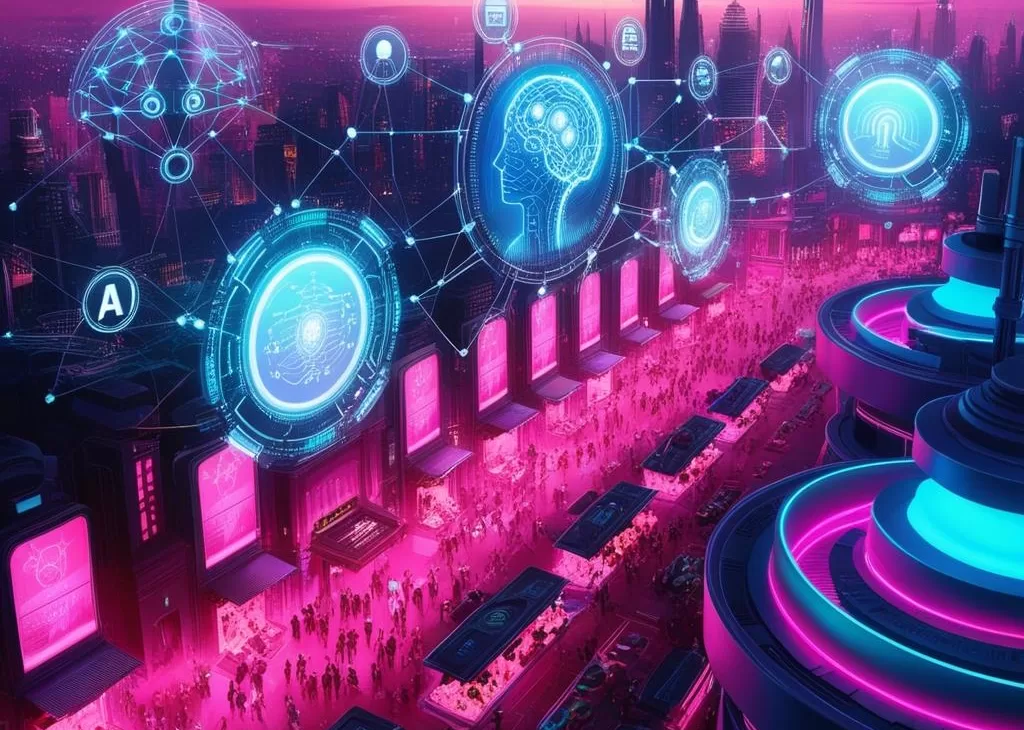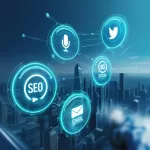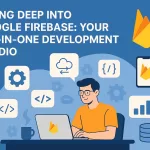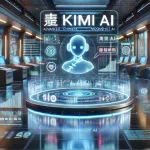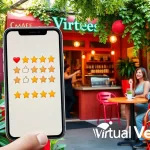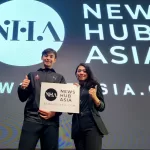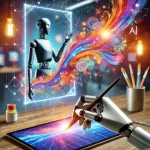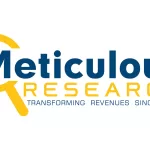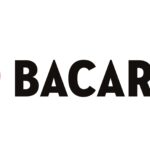Have you noticed how lifelike some digital images look lately? From realistic-looking people who don’t actually exist to fantasy artwork that seems pulled straight from your imagination—these visuals are shaking up the marketing world. AI-generated images are more than just a passing trend; they’re becoming a game-changer for brands and marketers everywhere.
But what does that really mean for you and your marketing strategy?
Let’s break it down in everyday terms so you can understand how this new tech is changing the game—and how you can use it to your advantage.
What Are AI-Generated Images, Anyway?
If you’re picturing robots with paintbrushes, think again. At its core, an AI-generated image is a picture created by a machine using algorithms instead of a camera or human hand.
Programs like DALL·E, Midjourney, and Adobe Firefly can take a simple prompt like “a purple elephant surfing on a rainbow” and instantly turn it into a high-quality image.
These images can look like anything—from photorealistic faces to surreal fantasy scenes. And the best part? You don’t need to be an artist to create them. Just type a few words, and the AI takes care of the rest.
Why Marketers Are Paying Attention
So, why is this such a big deal in marketing? Well, here are a few reasons:
- Efficiency: Traditional photoshoots can take days (and cost thousands). AI-generated images? Just minutes.
- Creativity: Marketers can now build visuals limited only by imagination—not budgets or resources.
- Personalization: You can quickly create custom visuals tailored to niche audiences, products, or campaigns.
Imagine planning a campaign where you need 10 product visuals in various settings and lighting conditions. Instead of coordinating multiple photoshoots, you could generate them instantly using AI. That’s a huge time and money saver.
How Brands Are Using AI Images Right Now
It’s not just small businesses testing the waters. Big players like Heinz and Nestlé have already started incorporating AI art into their ads and campaigns.
For instance, when Heinz asked people what “ketchup” looked like to them, most of the AI-generated images showed Heinz’s signature bottle—even though the AI wasn’t explicitly told to use their branding. That’s powerful brand recognition at its finest.
Meanwhile, Nestlé used AI to recreate classic artworks featuring their products, making their ad campaigns stand out in a crowded content space.
It’s Not All Sunshine and Rainbows, Though
Like any cool new tech, there are some things to watch out for. Here are a few potential challenges:
- Ethical Concerns: AI can accidentally “borrow” styles or visual elements from human artists who didn’t give permission.
- Legal Gray Areas: Since copyright law hasn’t fully caught up with AI-generated content, it’s tough to know who really owns the image.
- Authenticity: Too much AI content can risk making a brand feel “robotic” instead of human and relatable.
So, you’ll need to strike a balance. AI image tools can do amazing things, but they should support—not replace—authentic storytelling and creative direction.
What This Means for Your Marketing Strategy
If you’re a marketer, you may be wondering, “Should I start using AI-generated images right now?” And the answer is… yes, but smartly.
Here’s how you can start experimenting without going overboard:
1. Use It for Brainstorming
Stuck on a visual concept? AI tools are perfect for mockups, rough drafts, or social media ideas. Think of them like a sketchpad—fast, flexible, and free to play with.
2. Keep It On-Brand
Even if the image comes from an algorithm, it should still reflect your style, tone, and brand identity. Add your logo, fonts, or filters if you need to give it a human touch.
3. Be Transparent
Don’t try to pass off AI visuals as traditional artwork. More and more audiences value honesty and want to know when content is AI-assisted.
As a good rule of thumb: use AI to enhance your creativity—not to replace it.
Top Tools for AI-Generated Images
Curious about where to start? Here are a few user-friendly tools that marketers are using right now:
- DALL·E: Built by OpenAI, it’s great for imaginative and detailed images.
- Midjourney: Known for artistic, other-worldly visuals. Popular on platforms like Discord.
- Adobe Firefly: Created by Adobe, it’s excellent for branded content and designed with commercial use in mind.
- Canva AI: For drag-and-drop ease without needing tech skills.
Each tool has its strengths, so it might take a bit of testing to find the best fit for your workflow.
Looking Ahead: What’s Next for AI and Marketing?
This wave of AI-generated content isn’t slowing down. In fact, experts say this is just the beginning.
Soon, you might see:
- AI videos created from text prompts, like turning a blog post into a full video ad.
- Interactive visuals that change based on who’s viewing them.
- Deeper personalization where AI makes unique images for every individual user.
While we’re not quite there yet, it’s a good idea to keep your finger on the pulse. The earlier you start testing these tools, the better prepared you’ll be when they become mainstream.
Final Thoughts
The rise of AI-generated images is opening up a world of creative potential. It’s faster, more cost-effective, and allows even small teams to dream big. But like any tool, it’s all about how you use it.
Want to stand out? Use this tech to boost your creativity—not to replace it. Create original, brand-aligned images while staying transparent with your audience.
As marketing continues to evolve, those who blend technology with authentic storytelling will lead the pack.
So—what will you create next?
Start experimenting with AI visuals today and see how they can elevate your content. And remember, just like any trend—it’s not about jumping on the bandwagon. It’s about finding smart ways to make it work for you.
Happy creating!



